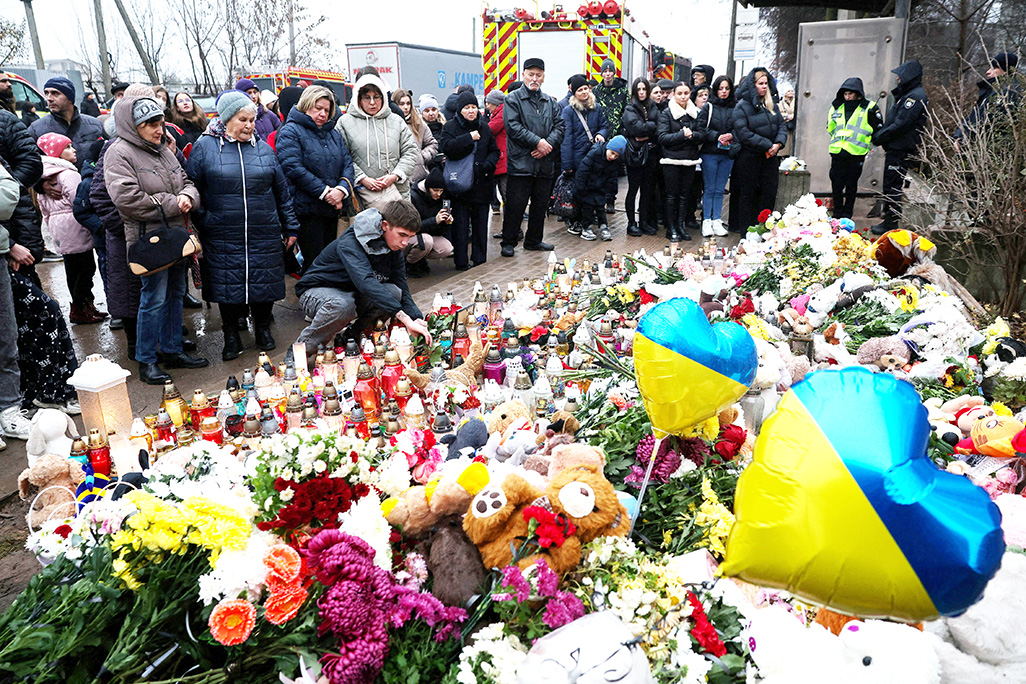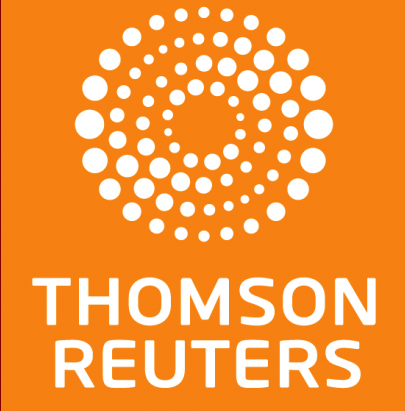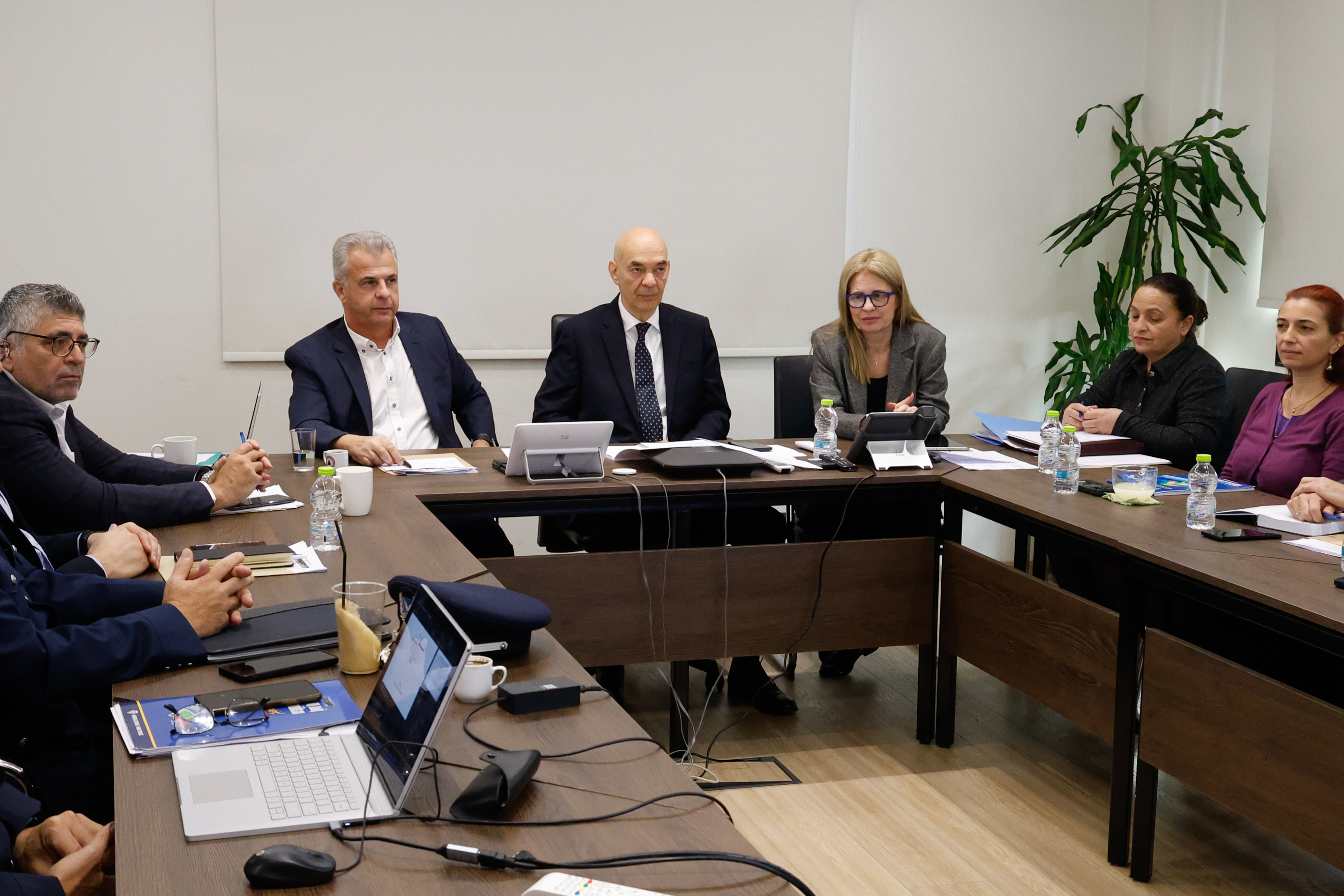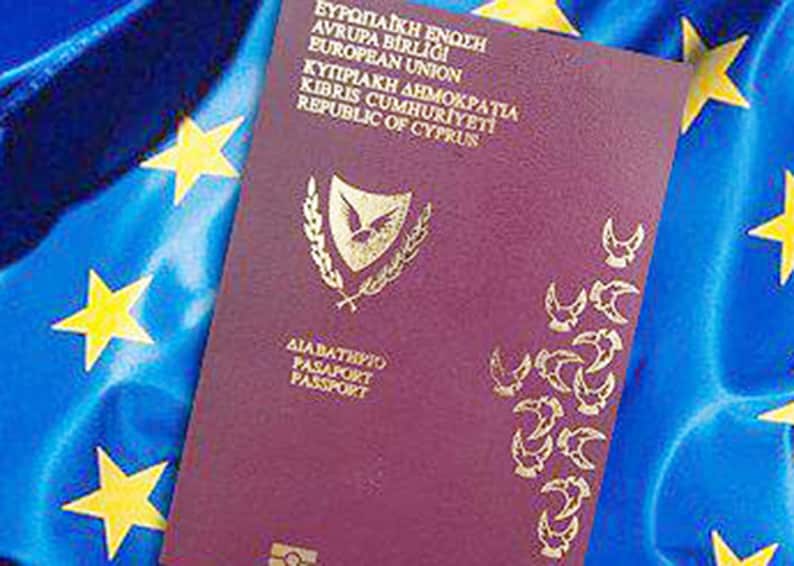The United States has threatened to cut intelligence sharing and weapons supplies for Ukraine to press it into agreeing to the framework of a U.S.-brokered peace deal, two people familiar with the matter said.
Washington has presented Ukraine with a 28-point plan, which endorses some of Russia’s principal demands in the war, including that Kyiv cede additional territory, curb the size of its military and be barred from joining NATO.
The sources, speaking on condition of anonymity, said that Kyiv was under greater pressure from Washington than during any previous peace discussions, and that the U.S. wanted Ukraine to sign a framework of the deal by next Thursday.
A delegation of senior U.S. military officials met with President Volodymyr Zelenskiy in Kyiv on Thursday. The U.S. ambassador in Ukraine and the army public affairs chief travelling with the delegation described the meeting as a success and said Washington sought an “aggressive timeline” for the signature of a document between the U.S. and Ukraine.
Zelenskiy, who held a phone call on Friday with the leaders of allies Britain, Germany and France, appeared careful not to reject the U.S. plan or to offend the Americans.
“We value the efforts of the United States, President Trump, and his team aimed at ending this war. We are working on the document prepared by the American side. This must be a plan that ensures a real and dignified peace,” he said.
EUROPE SAYS IT HAS TWO-POINT PLAN
European leaders, who were not consulted on the 28-point plan, expressed their strong support for Kyiv.
Europe’s own plan consisted of two points, said the EU foreign policy chief, Kaja Kallas: weaken Russia and support Ukraine.
U.S. officials, defending their plan, have said it was drafted after consultations with Rustem Umerov, secretary of Ukraine’s National Security and Defense Council, a close Zelenskiy ally who served as defence minister until July.
“This plan was drawn up immediately following discussions with one of the most senior members of President Zelenskiy’s administration, Rustem Umerov, who agreed to the majority of the plan, after making several modifications, and presented it to President Zelenskiy,” a senior U.S. official said on Thursday.
But Umerov said on Friday he had not discussed the plan’s terms, much less approved them.
“During my visit to the United States, my role was technical — organizing meetings and preparing the dialogue. I provided no assessments or, even more so, approvals of any points. This is not within my authority and does not correspond to the procedure,” he wrote on Telegram.
After meeting a visiting U.S. delegation on Friday, Umerov said Kyiv would not accept a plan that violates its sovereignty.
The Kremlin said Russia had not received anything official from the United States about a 28-point peace plan for Ukraine. Kyiv should make a “responsible decision”, and do it now, Kremlin spokesman Dmitry Peskov said.
RUSSIA’S DEMANDS SPELLED OUT, KYIV’S LEFT VAGUE
The plan, a copy of which was reviewed by Reuters, includes terms that Ukrainian officials have previously dismissed as tantamount to surrender after their soldiers fended off a full-scale Russian invasion for nearly four years at huge cost.
It would require Ukraine to withdraw from territory it still controls in eastern provinces that Russia claims to have annexed, while Russia would give up smaller amounts of land it has captured in other regions.
Ukraine would be permanently barred from joining the NATO military alliance, and its armed forces would be capped at 600,000 troops. NATO would agree never to station troops there.
Sanctions against Russia would be gradually lifted, Moscow would be invited back into the G8 group of industrialised countries, and frozen Russian assets would be pooled in an investment fund, with Washington given some of the profits.
One of Ukraine’s main demands, for enforceable guarantees equivalent to the NATO alliance’s mutual defence clause to deter Russia from attacking again, is dealt with in a single line with no details: “Ukraine will receive robust security guarantees”.
Trump, who returned to office this year vowing to quickly end the war, has accepted some of Russia’s justifications for its 2022 invasion of its neighbour while also expressing some impatience with Moscow.
Last month he cancelled a proposed summit with Russia’s Vladimir Putin and imposed sanctions on Russia’s two main oil companies, set to come into full effect on Friday, Washington’s deadline for foreign buyers to wind down Russian oil purchases.
White House press secretary Karoline Leavitt told a news briefing that Secretary of State Marco Rubio and U.S. special envoy Steve Witkoff had quietly worked on the plan for about a month.
“This plan was crafted to reflect the realities of the situation, after five years of a devastating war, to find the best win-win scenario, where both parties gain more than they must give,” she said.
The acceleration in U.S. diplomacy comes at a time when Ukrainian troops are on the back foot on the battlefield and Zelenskiy’s government has been undermined by a corruption scandal. Parliament fired two cabinet ministers on Wednesday.
With the war’s fourth winter approaching, Russian troops occupy almost one-fifth of Ukraine and have been grinding slowly forward along a 1,200-km (750-mile) front line.
Russia says it has taken control of the city of Kupiansk in northeastern Ukraine and most of Pokrovsk in the east, its first big prizes in nearly two years. Kyiv denies losing control of those cities but has acknowledged Russia is advancing.







Click here to change your cookie preferences